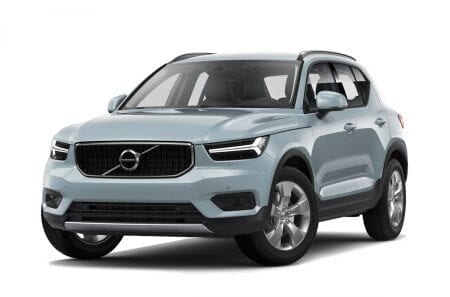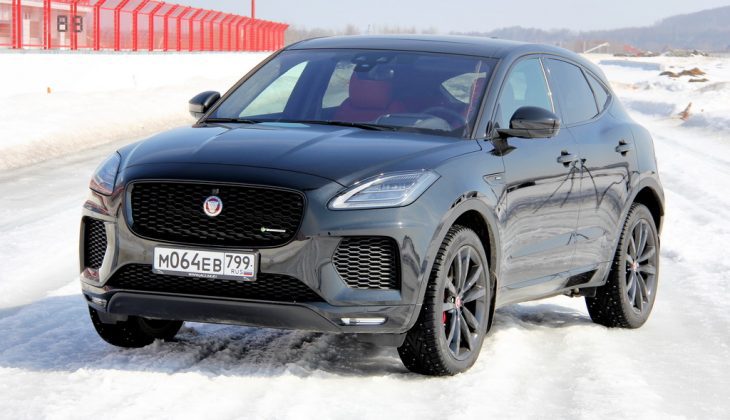
Test: Jaguar E-Pace 2.0d (132 kW) R-Dynamic
Content
Jaguar. This English brand has experienced a real renaissance in recent years, especially in the last two years, that is, at the time when they launched a model offensive in the field of hybrids. Great design, great technique, and last but not least, they know how to tell (marketing) stories about their cars. Take the Jaguar E-Pace, for example: since it's the little brother of the great and successful F-Pace, you'll find the Jaguar mom's puppy logo on the windshield. And also their explanation of why the E-Pace weighs almost as much as the F-Pace falls into the same league: to make the car available where it is (i.e. significantly cheaper than the F-Pace, which of course is considering the size Both are quite understandable and correct), but at the same time with the strength of the case, its construction is steel and compact, which has consequences in terms of weight.
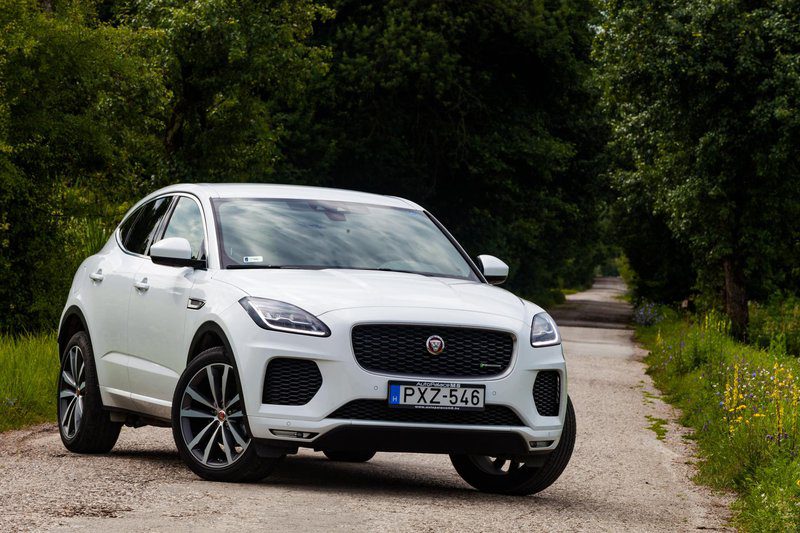
And here we are again in the title: this time in the form of centimeters and kilograms. Yes, the little brother of the F-Pace, which we praised in our test, except for the engine, is indeed smaller, but not lighter. What Jaguar had to come to terms with was that the E-Pace's hand on the scales tilted more than a ton and seven hundred kilograms, which is quite a high figure for a 4,4 meter long crossover built with all-wheel drive. test E-Pace, it gets even higher. The hood, roof and boot lid are all made of aluminum, but if you want to seriously reduce weight, the E-Pace should be an all-aluminum construction, like its big brother, but we doubt it will really fall in the same price range. like a test E-Pace.

Fortunately, the mass is almost imperceptible, except when the car begins to boldly slide on a slippery road. Despite the all-road tyres, the E-Pace also performed admirably on the rubble, not only in terms of chassis comfort (with optional 20-inch very low-cut tires of course), but also in terms of driving dynamics. It can be easily rocked in a corner and also easy to control the slide (also thanks to the very good all-wheel drive), but of course the driver should not rely too much on engine power. Only if the error in the input velocity estimate is too large, does a large mass mean a noticeable long slip in the undesired direction. And with good winter tires, the same is likely to be true in the snow too – so despite the base diesel in the nose, it's fun.

The perfectly tuned chassis and reasonably precise steering wheel ensure that the ride is sporty and enjoyable, even on asphalt, without too much tilting of the body or unevenness under the wheels. The E-Pace also feels comfortable in corners.
The fact that the E-Pace is one of the sportiest SUVs is also confirmed by its shape. It is simply sporty and unmistakably Jaguar, and the shape of the taillights is now effectively a design constant for the Coventry-based brand, which has been owned by Indian multinational Tata since 2008 (and has been doing well lately).
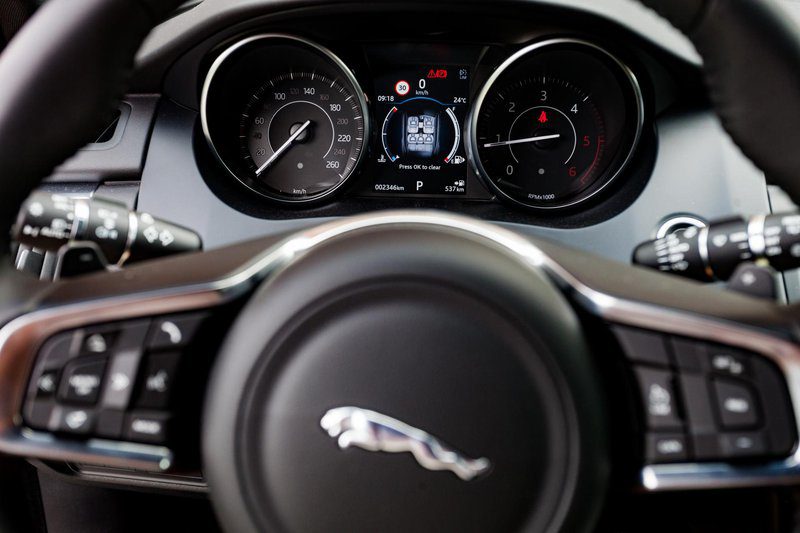
While the E-Pace we tested was base equipment from the Base (in R-Dynamic form, which means sportier bodywork, dual exhaust, sports steering wheel, sport seats and metal door sills), this one is no slouch. For example, stock LED headlights are great, but it's true that they don't have automatic switching between high and low beams. The air conditioning is very efficient and dual-zone, the sports seats (thanks to R-Dynamic equipment) are excellent, and the 10-inch infotainment system is intuitive and powerful enough. The Business E-Pace package includes navigation, a self-diming rearview mirror, and traffic sign recognition, but you'd rather save those fifteen hundred on the Drive package (with active cruise control, automatic emergency braking at higher speeds, and dead corner control). ) and digital LCD meters. This classic that the E-Pace test had is the epitome of opacity and poor use of space.
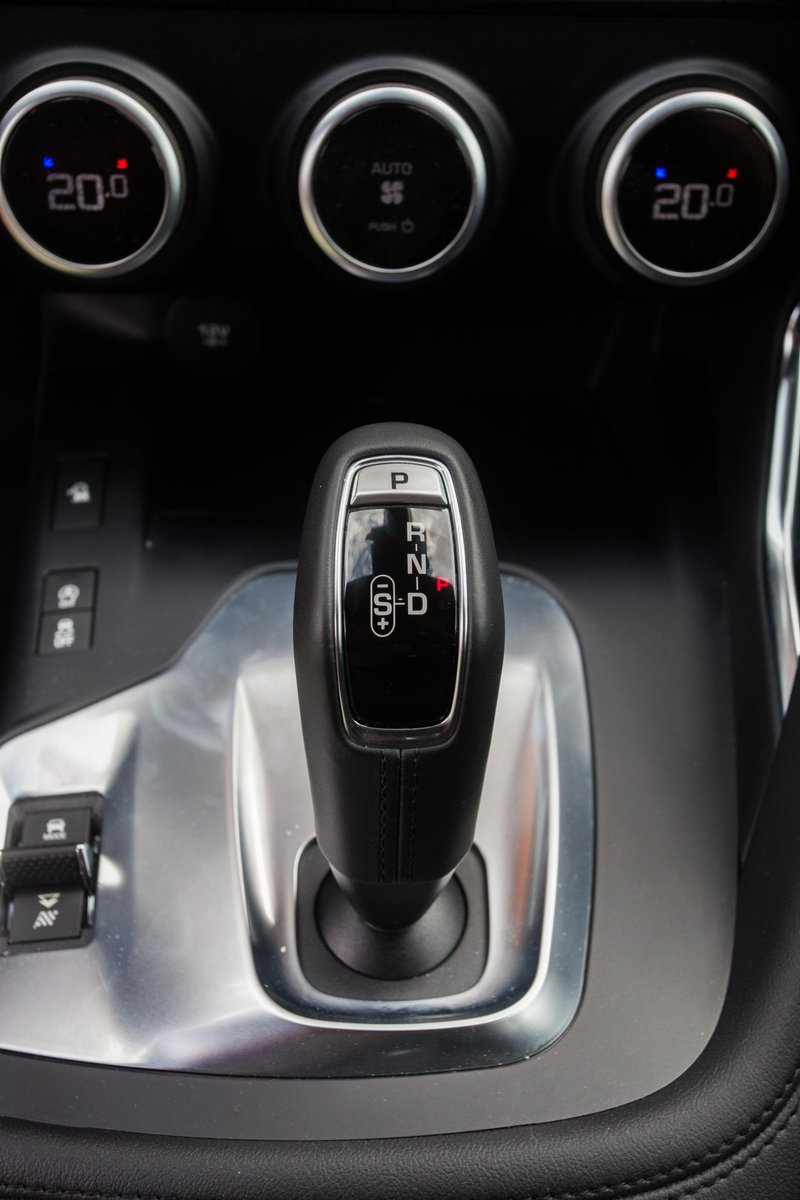
Okay, the combination of both allowances is two hundredths higher than the business package, but it pays off. True, if the base E-Pace is already ordered, then these surcharges are necessary (that someone else is cheaper, i.e. with a 150-horsepower diesel engine and a manual transmission, cannot imagine). The 180 horsepower diesel is already on the lower end of the spectrum (and we're confident that the more powerful diesel on a standard lap consumes the same or less than the 6,5 liters required for the test E-Pace). The weight of the car and the body shape of an SUV at higher (eg, extra-urban) speeds are themselves, and this E-Pace is not exactly the epitome of dynamic performance. But if you're thinking of an E-Pace with base equipment, you'll have to settle for it - the more powerful, 240-horsepower diesel is only available with the second lower equipment level (S) and beyond. That already means a big jump in price: the added 60 horses and more standard equipment also mean a price approaching 60 extra. A logical question arises: why did Jaguar produce the weakest motorized and equipped versions? Just so they can write that prices start at $33 (yes, the most basic version of the E-Pace costs that little)? Because it's clear: the prices for "real" versions start at about 60 thousand. Just look at the price list.
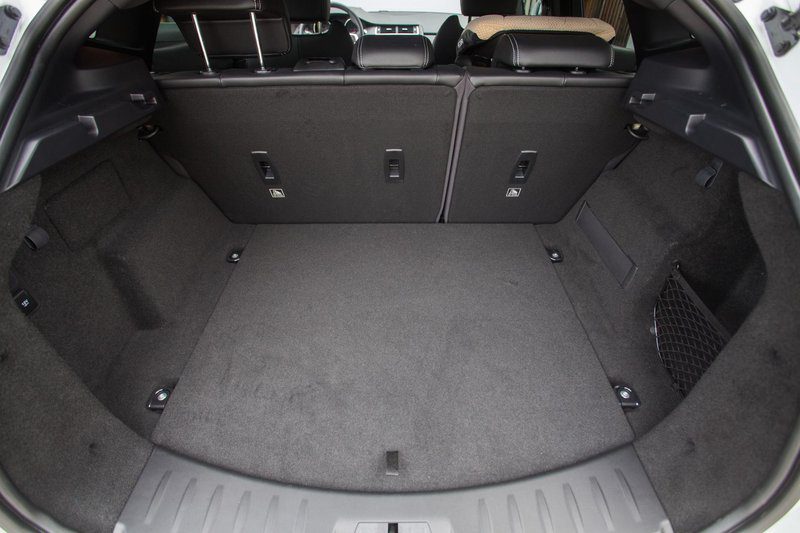
Well, whatever the price, the two USB ports on the front provide connectivity to smartphones, plus the fact that both passengers can charge their phones smoothly while driving, and there's plenty of room in the cabin. There should be no complaints about the front and rear depending on the size of the car, of course, unless you are trying to fit four different lengths into the car and send them several hours away.
The workmanship and materials reflect the price - that is, they are at a fairly high level for a Jaguar, but at the same time they deviate quite a lot from what we are used to, for example, in the F-Pace. Logical and acceptable.
However, the developers are forced to admit that they nevertheless paid attention to the long-awaited little things: from hooks for bags in the trunk (you won’t believe how many cars they don’t have) to, for example, the E-Pace. when shifting the transmission to P and unfastening the seat belt, the engine itself is turned off. All you have to do is lock it by pressing a button on the remote - a fully smart key is not standard. And here we come again to the commentary, where the prices for real Jaguars start from.
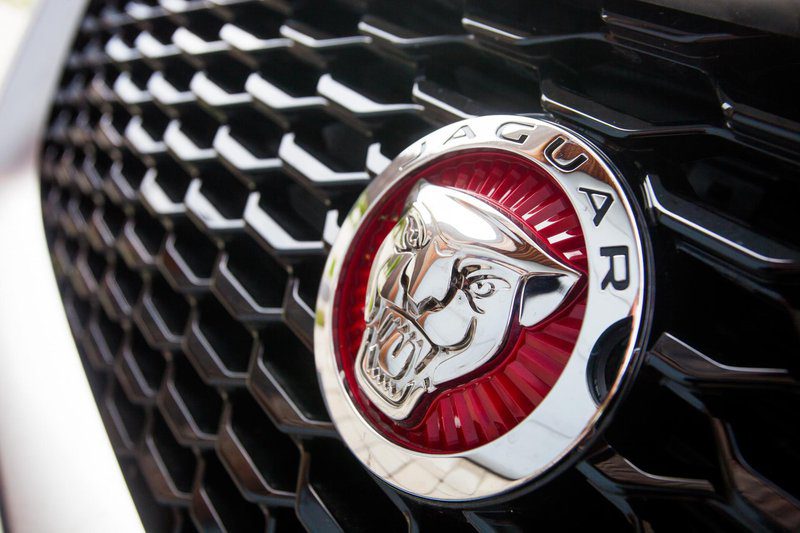
In short: the Jaguar E-Pace is good (even by premium or near-premium criteria), but not great - at least not in the test. Little things ran out to a higher class. Some of these would be saved by richer equipment and more money for propulsion systems (and therefore can be solved by the buyer by interfering with the wallet at the time of purchase), and some that could deter someone from buying (for example , soundproofing in combination with a diesel engine) or vehicle weight depending on driving characteristics. In this case, less may not be more, but also too little. Or in other words: so much money, so much music.
Read more:
Test: Jaguar F-Pace 2.0 TD4 AWD Prestige
Short test: Jaguar XE 2.0T R-Sport
Test: Jaguar XF 2.0 D (132 kW) Prestige
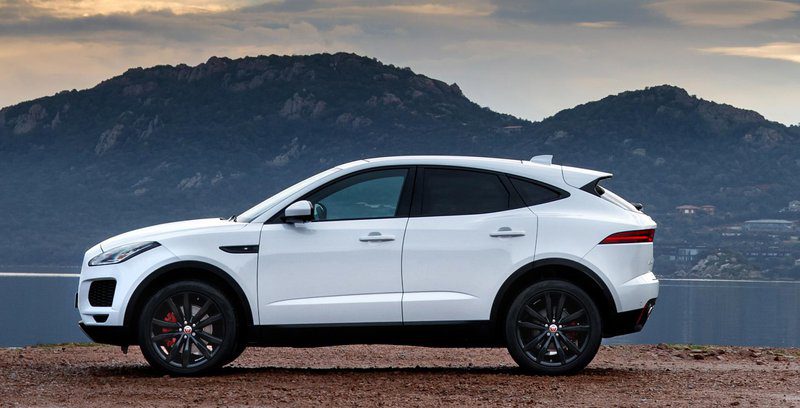
Jaguar E-Pace 2.0d (132 kW) R-Dynamic
Basic data
| Sales: | A-Cosmos doo |
|---|---|
| Test model cost: | 50.547 € |
| Base model price with discounts: | 44.531 € |
| Test model price discount: | 50.547 € |
| Power: | 132kW (180 KM) |
| Acceleration (0-100 km / h): | 9,6 with |
| Maximum speed: | 205 km / h |
| Guarantee: | General warranty 3 years or 100.000 km, varnish warranty 3 years, rust warranty 12 years |
| Systematic review | 34.000 km / 24 months |
Cost (up to 100.000 km or five years)
| Regular services, works, materials: | 1.800 € |
|---|---|
| Fuel: | 8.320 € |
| Tires (1) | 1.796 € |
| Loss of value (within 5 years): | 18.123 € |
| Compulsory insurance: | 5.495 € |
| CASCO INSURANCE (+ B, K), AO, AO + | 9.165 ( |
| Calculate the cost of auto insurance | |
| Buy up | € 44.699 0,45 (km cost: XNUMX €) |
Technical information
| engine: | 4-cylinder - 4-stroke - in-line - turbodiesel - front mounted transversely - bore and stroke 83,0 × 92,4 mm - displacement 1.999 cm3 - compression 15,5:1 - maximum power 132 kW (180 hp) .) at 4.000 rpm - average piston speed at maximum power 10,3 m / s - specific power 66,0 kW / l (89,80 hp / l) - maximum torque 430 Nm at 1.750-2.500 rpm - 2 overhead camshafts (timing belt) - 4 valves per cylinder - common rail fuel injection - exhaust turbocharger - aftercooler |
|---|---|
| Energy transfer: | the engine drives all four wheels - 9-speed automatic transmission - gear ratio I. 4,713; II. 2,842; III. 1,909; IV. 1,382 hours; v. 1,000; VI. 0,808; VII. 0,699; VIII. 0,580; IX. 0,480 - differential 3,944 - rims 8,5 J × 20 - tires 245/45 R 20 Y, rolling circumference 2,20 m |
| Capacity: | top speed 205 km/h - 0-100 km/h acceleration in 9,3 s - average fuel consumption (ECE) 5,6 l/100 km, CO2 emissions 147 g/km |
| Transportation and suspension: | crossover - 5 doors, 5 seats - self-supporting body - front single suspension, spring legs, three-spoke cross rails, stabilizer - rear multi-link axle, coil springs, telescopic shock absorbers, stabilizer - front disc brakes (forced cooling), rear discs, ABS, electric parking brake on rear wheels (shift between seats) - rack and pinion steering wheel, electric power steering, 2,2 turns between extreme points |
| Mass: | empty vehicle 1.768 kg - Permissible total weight 2.400 kg - Permissible trailer weight with brake: 1.800 kg, without brake: 750 kg - Permissible roof load: np |
| External dimensions: | length 4.395 mm - width 1.850 mm, with mirrors 2.070 mm - height 1.649 mm - wheelbase 2.681 mm - front track 1.625 mm - rear 1.624 mm - driving radius 11,46 m |
| Inner dimensions: | longitudinal front 880-1.090 mm, rear 590-820 mm - front width 1.490 mm, rear 1.510 mm - head height front 920-990 mm, rear 960 mm - front seat length 520 mm, rear seat 480 mm - steering wheel ring diameter 370 mm - fuel tank 56 l |
| Box: | 577-1.234 l |
Our measurements
| T = 25 ° C / p = 1.023 mbar / rel. vl. = 55% / Tires: Pirelli P-Zero 245/45 / R 20 Y / Odometer status: 1.703 km | |
| Acceleration 0-100km: | 9,6s |
|---|---|
| 402m from the city: | 16,9 years ( 133 km / h) |
| Fuel consumption according to the standard scheme: | 6,5 l / 100km |
| Braking distance at 130 km / h: | 62,4m |
| Braking distance at 100 km / h: | 36,1m |
| AM table: | 40m |
| Noise at 90 km / h | 58dB |
| Noise at 130 km / h | 63dB |
| Test errors: | Unmistakable |
Overall rating (432/600)
The little brother of the very good F-Pace clones, mainly in terms of weight, which is too heavy for this diesel engine, and basic ancillary equipment. But if you equip it and move it properly, it can be a great car.
Cab and trunk (82/110)
The E-Pace looks no less dynamic and sporty than its older brother, the F-Pace.
Comfort (90
/ 115)Diesel can be too loud (especially at high revs), but the chassis is comfortable enough despite the dynamics
Transmission (50
/ 80)Consumption is good, transmission is good, only in terms of characteristics this diesel is a little clone of the weight of the E-Pace.
Driving performance (81
/ 100)On rubble (or snow), this E-Pace can be a lot of fun, especially since the all-wheel drive is very good.
Security (85/115)
Passive safety is good, and the test E-Pace lacked many active safety features.
Economy and environment (44
/ 80)The base price is surprisingly low, but it's clear: for a well-equipped and motorized E-Pace, of course, there is a good ton of money to subtract.
Driving pleasure: 3/5
If the significant mass hadn't made it clear when the driver was too fast, the F-Pace would have received the fourth star for its comfortable position on the road.
We praise and reproach
form
infotainment system
place is not expensive
too noisy diesel
inadequate support systems as standard
mass
